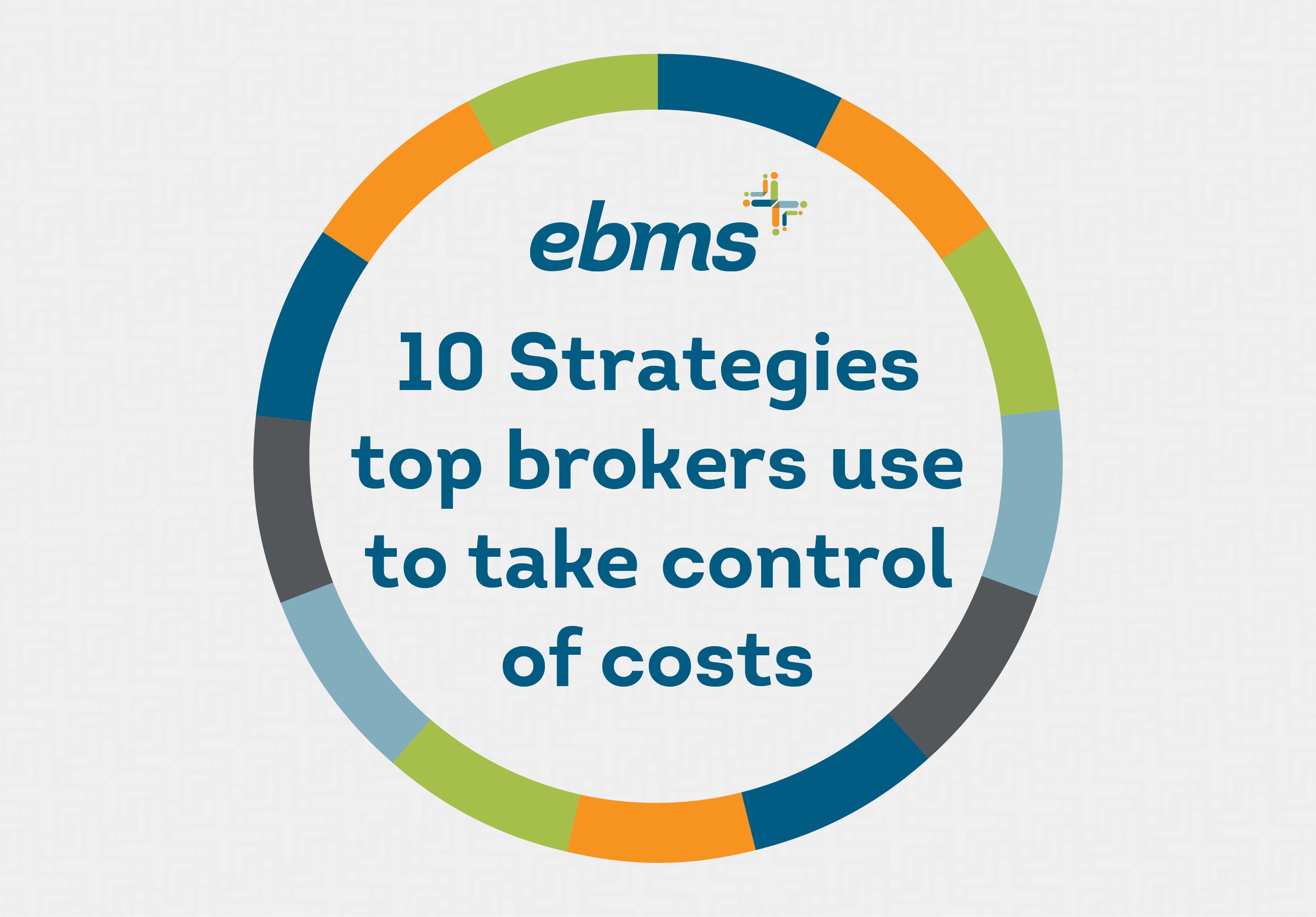COVID-19 Bringing Changes to Healthcare Industry
June 2nd, 2020

By James Vertino, Chief Executive Officer
How will the coronavirus pandemic change the healthcare industry as we know it in the United States and around the world?
As COVID-19 spreads and disrupts life in communities across the globe, much is still not known about how to attack the virus, when a vaccine will be developed and made available, and what our “new normal” might look like. From my vantage point at EBMS, here are a few observations and healthcare changes we can potentially expect to see because of this life-changing situation.
Telemedicine Acceptance Grows
Telemedicine will be utilized more than ever before. Its use has been surging in this outbreak as patients and doctors turn to this convenient alternative to in-person evaluations. The CDC urged providers to cut back on patient visits whenever possible to prevent spead of this virulent disease.
The Trump administration, recognizing the value and growing acceptance of telemedicine, has relaxed Medicare rules and agreed to provide telemedicine reimbursement coverage in many more settings during the pandemic. The government previously only covered phone or video calls between doctors and seniors in rural areas. Many private health insurers have increased payments for telemedicine consultations. Often, doctors would often be reimbursed less for virtual visits, which discouraged its practice.
In earlier articles on this topic, I’ve written that plan members reported 96% satisfaction with our telemedicine solution. Telemedicine, also known as telehealth, has become an essential, money-saving tool in our healthcare toolkit, one that reduces unnecessary face-to-face care as much as possible. It will be part of the new normal.
Data Is Saving Lives
The pandemic shows that we need open, connected systems that can access data 24/7 from anywhere. Whatever the size of the hospital, clinic or other healthcare facility, IT readiness to provide real-time data will be essential for its long-term survival. This data is needed to plan resources, classify patients and help providers make critical decisions.
The IT infrastructure for telemedicine will be used to help manage chronic patients when the pandemic is not prevalent and will be useful to manage self-isolated or mild patients when the epidemic is prevalent.
The more telemedicine is utilized, the more chronic patients will manage their health through their Electronic Health Record. Patient-generated health data from chronically ill patients will be incorporated into EHRs and doctors will prescribe medications for the patients through telemedicine.
Digital devices such as portable ECG monitors and digital stethoscopes and otoscopes can be used at home, with results shared with doctors and added to the trove of digital data.
Many organizations have updated other virtual solutions, such as clinical decision support (CDS) content across electronic health records, incorporating new screening recommendations from the Centers for Disease Control and Prevention.
At EBMS, we have invested in technology to not only gather valuable data but closely analyze it to help brokers and plan sponsors customize plans for their members that deliver the services they need while controlling costs.
Greater Emphasis on RBP
The budget-blowing expenses incurred by hospitals will place greater emphasis on reference-based pricing to contain rising healthcare costs for surgical or outpatient procedures and prescription drugs. In our experience with RBP, plan members benefit from lower out-of-pocket costs and from open access to providers, in the absence of a narrow network. Strong member-advocacy programs can help consumers navigate billing issues that arise.
The pandemic exercises conducted by healthcare organizations and public health entities to prepare for overwhelming patient load has forced them to focus on efficiencies, planning and discharge procedures and where COVID-19 patients should go for follow-up care. These planning sessions provide invaluable information to all parties and may help them cut red tape, increase budget flexibility and jointly plan for future challenges.
And of course, hygiene is an area likely to see lasting change – hand washing, social distancing, wearing masks and emphasis on cleaning of shared surfaces. It is still too early to tell if there will be a new normal for where we treat chronic- and acute-care patients, and how we attend sporting events and concerts, utilize mass transit, fly, dine out, shop and work at our jobs. But changes are coming.




